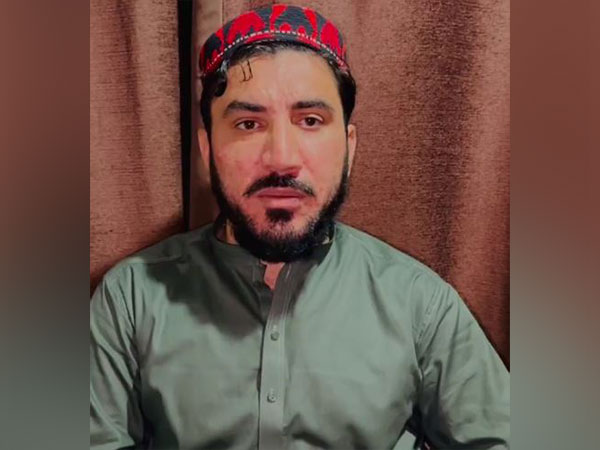On August 18, 2023, Pashtun leaders in Pakistan held an Islamabad Jalsa in front of the Pakistan Supreme Court to raise the issues of atrocities against ethnic communities.
The Pashtun Tahaffuz Movement chief Manzoor Pashteen has invited people from Gilgit Baltistan, Sindh and Balochistan, along with other underprivileged segments of the Punjab province, to join the rally and foster unity and solidarity.
In a video posted by the organisation in X (formerly Twitter), Manzoor said, “Target Killings, false cases, forced acquisition of land and mass killings trying of people in military courts, against all there will be a PTM rally outside the Islamabad Supreme Court.
He also slammed the Pakistan authorities for the rising cases of target killings and imposition of false cases against civilians of diverse groups.
“We invite people from Balochistan, Sindh, Gilgit Baltistan and the subjugated classes of the Punjab region of Pakistan to participate in the rally,” Pashteen said.
Status of Pashtuns in Pakistan
Pashtuns are the second largest ethnic group in Pakistan, second only to Punjabis. They form 15 per cent of the population and are considered one of the five main ethnolinguistic groups of the nation.
Pashtuns in Pakistan are facing genocide at the hands of the Pakistan Army, and a large number of them, mostly civilians, are killed and are victims of enforced disappearances. There are at least thirty major tribes, countless subclans and subtribes.
The majority of the Pashtuns live in Pakistan and are primarily concentrated in the Western Provinces of Khyber Pakhtunkhwa and Balochistan.
Pashtuns have also been frequently targeted by security forces in raids and abductions, while many others have struggled with displacement and negative representations.
The Pashtun tribesmen have been taking fire; their homes, property and livelihoods have been destroyed; they have lost their families and children in this brutal war on the western front of Pakistan.
The Pashtun Tahaffuz Movement
The Pakistan Tahaffuz Movement is a social movement for Pashtun Human Rights in Khyber-Pakhtunkhwa and Balochistan. Its leaders have faced numerous arrests and intimidation as they fight for the rights of ethnic Pashtuns.
It is a civil rights movement that emerged in Pakistan in response to the state-enforced terrorism and human rights abuses in the country conducted by the Pakistan Army and intelligence agencies in the Pashtun Belt, including forced disappearances and extra-judicial killing.
The movement led by Manzoor Pashteen gained lots of traction in January 2018 and triggered protests in big cities like Lahore and Karachi, where PTM leaders addressed huge public rallies. This was seen as the largest non-violent protest in Pakistan and thus attracted considerable international attention.
Causes of Pashtun Agitation
The primary reason or the driving force behind the agony of the Pashtun people dates back to 1893 when Sir Mortimer Durand created a border called Durand Line. This border divided many Pashtun communities and families living in the Pashtunistan region near the Afghan-Pakistan border. Pakistan recognises this line as the official border but the Afghans have and will never accept this demarcation as a boundary.
This has caused many Pashtuns to take up arms against Pakistan, and this is the main founding factor of the Tehreek-i-Taliban. Ninety Percent of its cadre is composed of Pashtuns, who also receive significant support from Pashtuns in Afghanistan.
Secondly, after the formation of Pakistan on August 14, 1947, the main focus of Pakistan has been directed towards the Indian border. The FATA (Federally Administered Tribal Areas), which has a huge chunk of the Pashtun populace, remained largely ignored.
Thirdly, the Pakistani bureaucracy, politics and armed forces are all composed and dominated by Pakistani Punjabis. The Punjab province of Pakistan, in reality, runs the entire country. They treat people from all other provinces as second and third-rate citizens. The same is the case with Pashtuns.



















Comments